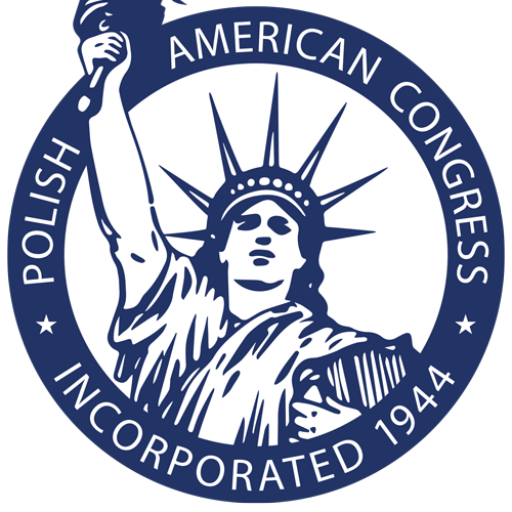by Anastazja Kolodziej
How should a U.S. base in Poland look like?
John Rood, the United States Undersecretary of Defense for Policy, met with Polish officials in Warsaw on Wednesday to negotiate a deal for expanding the American military presence in Poland.
The United States have already made an offer to Poland, according to multiple news sites.
“We have come forward with what we think is a very serious robust offer, and we’re just working out some of the technicalities this very week,” Kathryn Wheelbarger, the acting assistant secretary of defense for international security affairs, told the House Armed Services Committee, according to Military Times.
U.S. Army Gen. Curtis M. Scaparrotti, the commander of European command, said on Wednesday that he wants a mix of permanent and rotational forces in Poland.
While the United States currently does not have a permanent base in Poland, troops such as Army brigade combat teams and Air Force Reaper pilots rotate through Poland, with approximately 4,500 American troops in Poland at a time, according to Military Times.
“A more permanent base is helpful because of the relationships you build and the mission they have,” Scaparrotti said, but added that keeping some troops rotating would help them gain a better understanding of the European theater.
The difference between permanent and rotational forces is that permanent forces would be deployed directly to Poland and would remain there for the duration of their deployment, while rotational forces move between bases in different countries throughout Europe.
If the new base in Poland matches Scaparrotti’s expectations, then the arrangement would appear less like the permanent “Fort Trump” that Poland asked for. An official familiar with the negotiations told Defense One that “this is more of a longer-term commitment to the type of presence that’s already in Poland, this is not a new U.S. base as some people think.”
Earlier in March, Polish media reported that the U.S. is considering establishing army headquarters in Poznań, a special operations site near Kraków, and a permanent Air Force detachment in Lask, according to Stars and Stripes. Poznan is a strategic location for headquarters because of its closeness to Germany (around 100 miles) and relative proximity to Kaliningrad (300 miles).
If the Polish deputy minister of national defense, Tomasz Szatkowski, accepts Rood’s offer, then the State Department would take over to complete plans, Wheelbarger said. It would likely take between six months and a year for the agreement to be finalized, she said.
However, Scaparrotti said that “it’s a couple of years, two to three years off, before we would be dealing with an actual base and the money for that base.
The idea of establishing a permanent United States base in Poland has been around for years, but it began to gain traction in 2018 when Poland offered up to $2 billion for an American base. The proposal from the Polish defense ministry articulated that it finds a “clear and present need” for permanent troops in Poland following the Kremlin’s annexation of Ukraine’s Crimea.
Supporters of a base, including Poland, argue that it would defend the country and the rest of Eastern Europe against threats from the Kremlin as well as fulfill the U.S.’s commitment to defend the North Atlantic Treaty Organization’s (NATO) northeastern flank, according to Defense One. Critics argue that the Kremlin and some American allies could view the move as unnecessarily provocative. A former commander of U.S. Army Europe, retired Lt. Gen. Ben Hodges, wrote in an op-ed for Politico that establishing a permanent armored brigade combat team is “simply unfeasible” as it would require an unlikely expansion of the U.S. army.
As the negotiations are still ongoing, the U.S. should keep in mind that helping to maintain the national security of Poland and of Eastern Europe is in its best interests as a sovereign Poland promotes the American values of political freedom and free enterprise in East Central Europe.
Are you interested in exploring this topic further? Would you like to support our advocacy efforts? Please click
